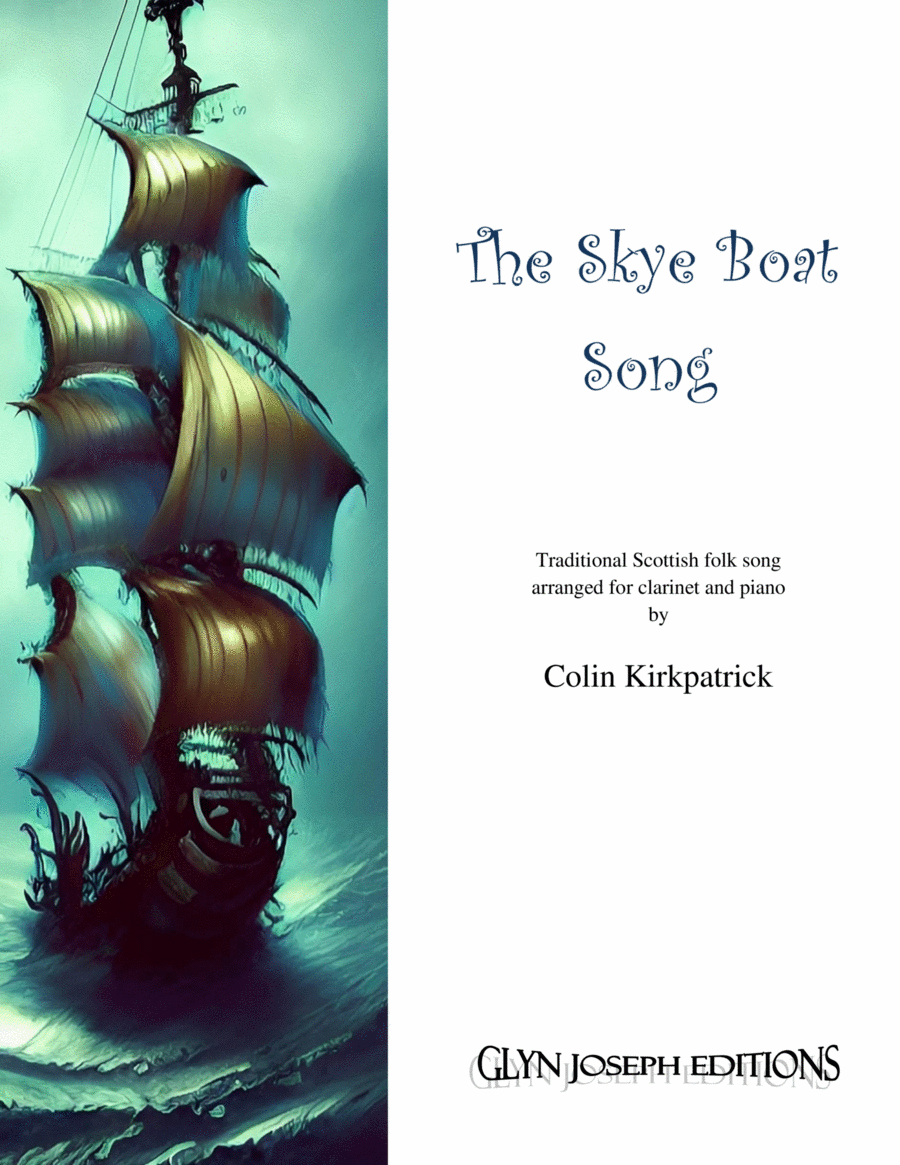B-Flat Clarinet,Piano - Level 2 - Digital Download SKU: A0.1366489 Composed by Traditional. Arranged by Colin Kirkpatrick. Celtic,Folk,Historic,Irish,Traditional. Score and part. 9 pages. Colin Kirkpatrick Publications #950823. Published by Colin Kirkpatrick Publications (A0.1366489). This is one of the most well-known of all British folksongs and refers to real historical events. It has been used in film and television programs and known to almost everyone in Britain. Skye (also known as “The Isle of Skye”) is the largest island of the Inner Hebrides. With an area of about 640 square miles, the island is about sixty miles long and lies close to the Scottish mainland.   The boat in the song (“Speed bonny boat”) refers to a small sailing ship that in 1746 “carried the lad who was born to be king” to the Isle of Skye. The lad in question was Prince Charles Edward Stuart known affectionately as “Bonnie Prince Charlie.” The song also refers to the Battle of Culloden of April 1746, the last ever battle on British soil, fought between the British Army and the army of Bonnie Prince Charlie.   In June 1746 and disguised as a maid-servant, Charles was secretly transported from the Hebridean island of Benbecula to the more southerly Isle of Skye. This is the event to which the song refers. The Skye Boat Song has its roots in a traditional Gaelic melody. In this lovely arrangement for B flat clarinet and piano, the piece begins in B flat concert, entirely in the clarinet's low register. The second section modulates to concert F mostly in the high register with the highest note being the C just above the treble staff. Movement around the break has been avoided. The arrangement is about UK ABRSM Grade 3 standard and it would make a splendid and rewarding addition to the repertoire of the young clarinet player.
